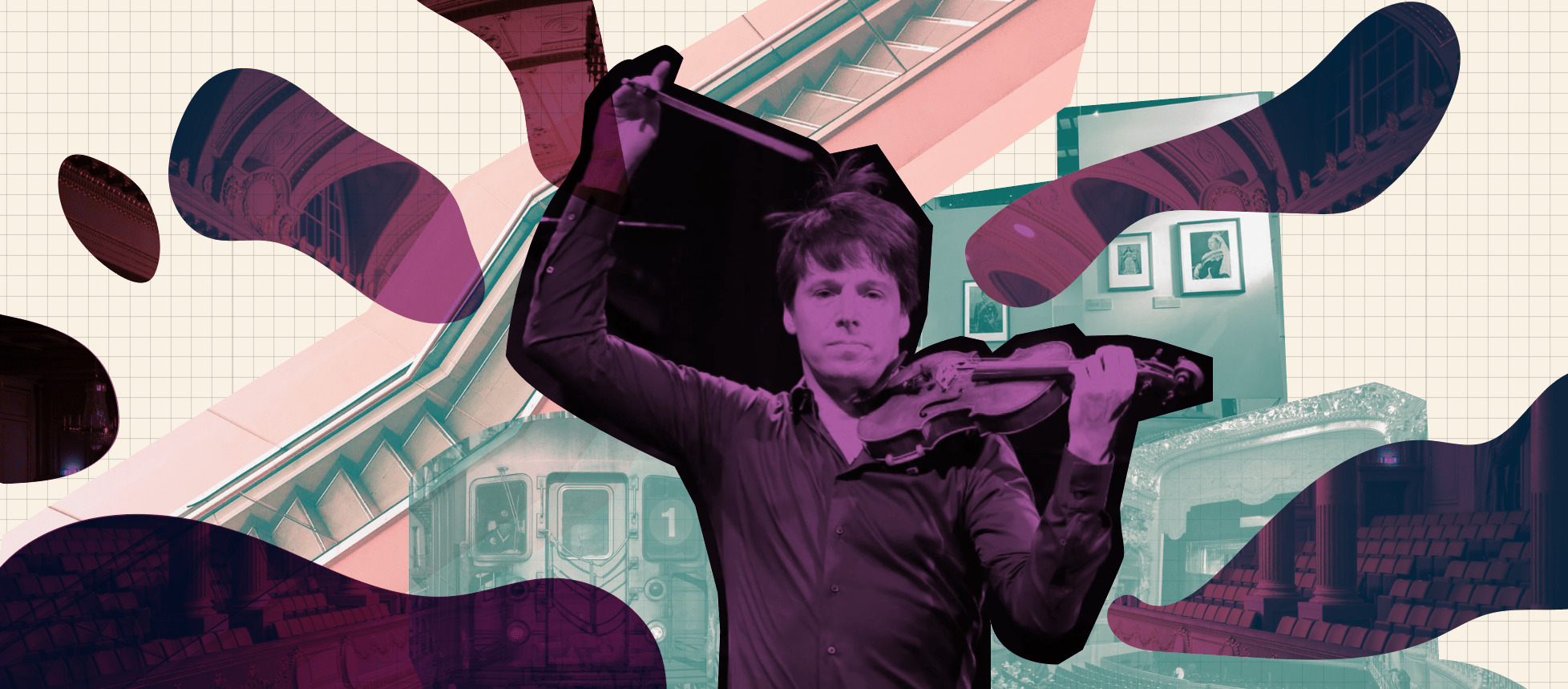As the field of design evolves it continually uncovers unique concepts. One of the newer entrants to this party is experience design. It is likely that in the career span of a marketer, brand strategist, communications professional or business owner, one is exposed to branding and its various outposts. Interestingly experience design is not another outpost, it is, in fact, an entirely new way of looking at our product, brand or communication and how it interacts with our audience.
Experience design (xD) in no simpler terms has no tangible boundaries, is intuitive, expansive and tedious, making us wonder, does experience design matter?
As representatives of design, we can safely say every aspect of how a brand is experienced, matters. Whether it is the way a customer perceives the brand or the way they unbox it, matters. In a world filled with constant (over)communication, xD provides our customers with a journey to imbibe brands and reach a sort of catharsis. Each step of the process has various stimuli-response that can be mapped and integrated.

Surprisingly, the example of Joshua Bell goes a long way in teaching us the value of experience design.
In 2007, Washington Post asked Joshua Bell – a world-renowned violinist – to play classical music incognito at a Washington, D.C. subway station for about 45 minutes. The experiment was videotaped on a hidden camera; 1,097 people passed by, seven stopped to listen to him, and only one recognized him. What!!??
Believe it or not, that actually happened. Have a look:
After watching this video, it may seem like we only value things in the right setting, without much focus on the talent being displayed, but that would be underestimating the power of our brain’s associative memory. Our brain ensures we recognise patterns, and attach value to things based on our experiences. This helps speed up decision-making, allowing our cognitive biases to reduce mental effort, resulting in quick judgements, that at times miss out some details.
Here’s what we could learn from this experiment when viewed through the lens of experience design:
Mr Bell’s musical prowess and expertise and the setting of the subway were a complete mismatch. We would not associate a world-class performer with a street artist. Nor would we associate the always running late and missing train anxiety of a subway station with the calmness of enjoying classical music. Our brain chose to make a quick call in the fast-paced setting.
This performance deserves an environment orchestrated to appreciate his work. The average traveller pressed for time, in a stressful environment like the local subway has little mindfulness to appreciate the presentation of Mr Bell’s genius. If the music or skill of Joshua is a service, then he was selling his product in the wrong place.

This begs the obvious, what could be the difference in this experience when done in a setting that he usually performs in? Let’s note some of the prerequisites that are orchestrated (pun intended) for you to hear him in action at a venue like Madison Square Garden:
- The press release of the event is popularised well in advance with cultural reporting done by the NY Times.
- The venue selected has the best acoustics for the instruments, rigorous sound checks ensure seamless playback.
- The audience is seated well in time to ensure no distraction.
- Ergonomic seats ensure comfort during the course of the performance to help focus.
- Stage and lighting design shone upon key performers.
- Mr Bell’s charismatic stage presence uplift the viewing experience.
I think you get the drift…
Juxtapose this with the undercover struggling subway musician persona, and we realise why it struggled to draw an audience.
To find insight in this example is rather easy – most products, services or brands need to map journeys and touchpoints appropriately for continued success. Now that we’ve established the value of experience design and its impact on user psychology, we can begin by charting meaningful journeys and roadmaps for our users. There is no one-size-fits-all approach but there is a method to user-centric orientation; welcome to the world of experience design.





